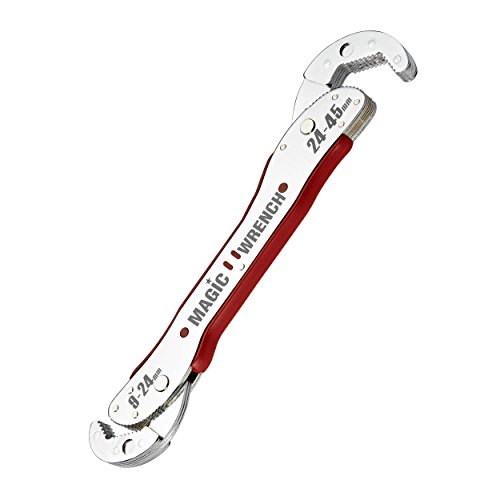Bit of a ramble, I still dabble in a bit of plumbing, (was a qualified G3 unvented installer, up until the thieving scheme organisers decided the "life time" ticket needed updating every 5 years and a new subscription scheme paid for, but there weren't any updates..so I'm not anymore.)
Any way this could well be an incidental issue making a bigger one, my view, the stop cock change out has probably increased the system pressure, as it was probably throttling the pressure back before, and now the greater flow rate, only way to check is to put a pressure gauge on it, (which we used to do before installation to make sure there was at least the minimum needed for an Unvented system to work, and record it on the commissioning paperwork) therefore consequently the higher pressure and flow rate may have exposed a dormant fault.
We used to find that the incoming mains water pressure, overnight, could well go from 2 to 7 bar+.
As an aside I was out on a call out yesterday for an UFH fault, not one of my jobs, client had been told the motorised valve wasn't opening and needed replacing but "plumber" couldn't come back till next week to fix it, client bought a new Honeywell 2 port valve, the symptom was right, but having dropped the system out, replaced the vale and refilled, the flow pipe still didn't get hot, next thing in line was a ball valve, got into that and water flowed freely, next thing was the
mixer/blending valve, a bit like a gate valve, undid that, nada, spindle shaft came out but the plastic cage in the valve was stuck in at the back, it is spring loaded so should have popped out, gave it a tug, ping, it released, put it all back together, refilled the system, heating came up, that took 31/2 hours.
Moral of my tale is it isn't always the logical thing that's is the problem, be interesting to know the engineers diagnosis.



















